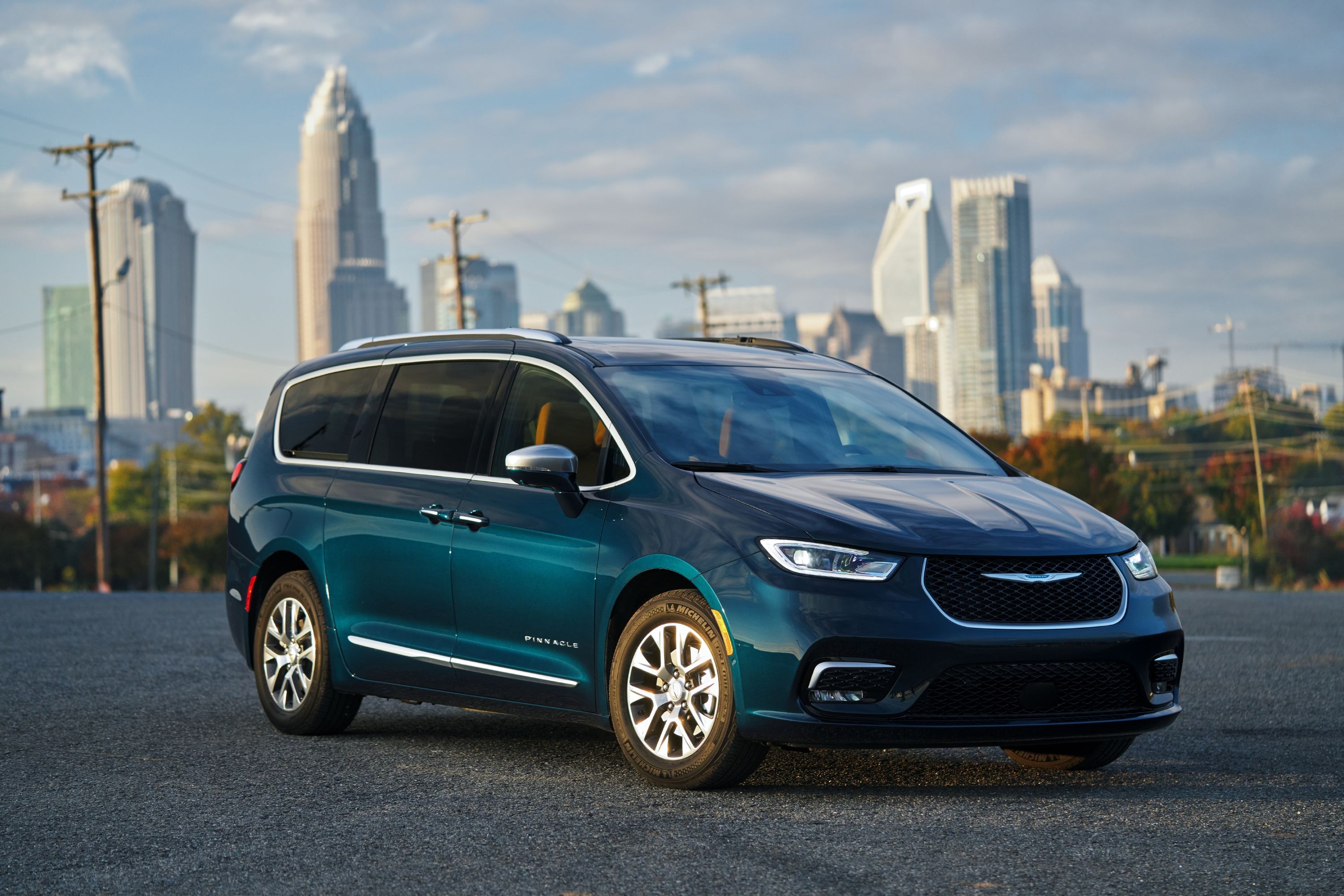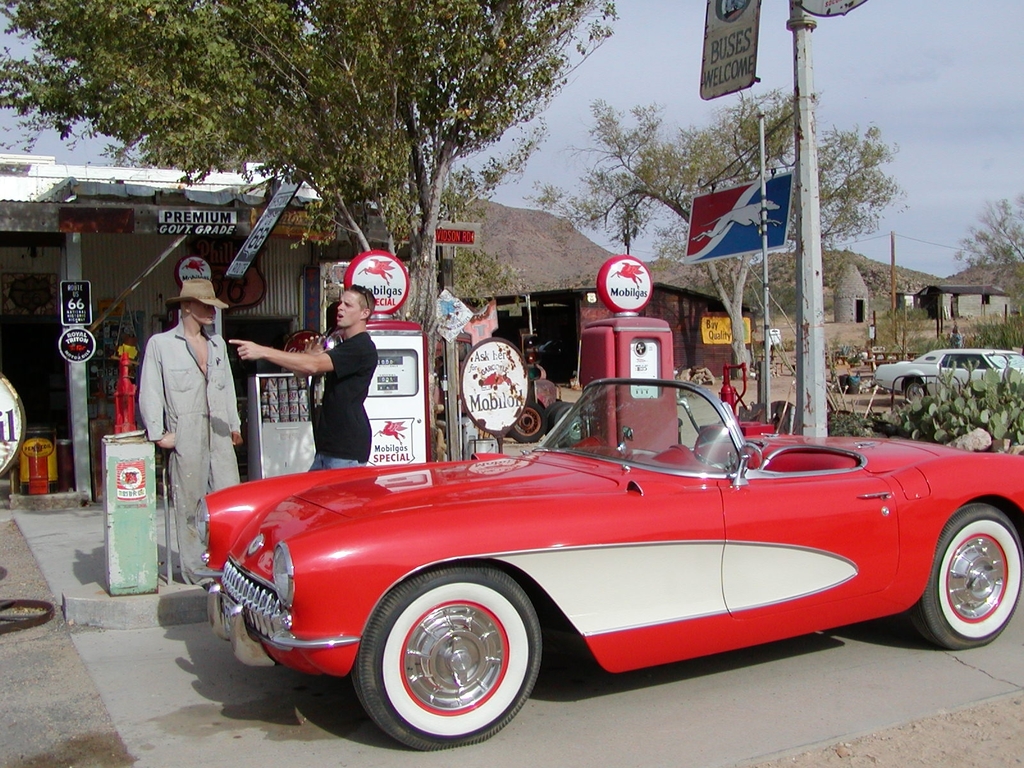
Car insurance is an unavoidable expense for nearly every driver, and with rates steadily climbing, many of us are seeing noticeable jumps in our premiums at renewal time. Factors like rising car repair costs, higher crash rates, increased vehicle theft, and more frequent severe weather events all contribute to these escalating expenses. Even maintaining a pristine driving record and a good credit score doesn’t always shield you from significant increases, depending on your location. The average car insurance cost is $2,026 per year, or about $169 per month, so any reduction can make a real difference.
Fortunately, there’s a wealth of strategies available to help you chip away at those costs, and we’re not just talking about shopping around or bundling policies. While comparing prices from multiple car insurance companies is the best way to save, potentially slashing costs up to 40%, and bundling auto and home insurance can yield savings from 6% to 23%, there’s another powerful avenue many drivers overlook: making strategic improvements to their vehicle. These enhancements can not only boost your car’s performance and safety but also send a clear signal to insurers that you’re a lower-risk driver, potentially translating into welcome reductions on your policy.
Investing in your vehicle’s safety, security, and efficiency isn’t just about protecting yourself and your passengers; it’s also a financially savvy move. Insurance companies are keen to reward safer vehicles, as they pose less risk for costly claims. By adding or upgrading certain features, you could unlock discounts and significantly drive down your annual premium. We’re about to dive into nine key car accessories and upgrades that can actually help you achieve just that, transforming your vehicle into a premium-saving machine and giving you greater peace of mind on the road.

1. **Anti-lock Braking Systems (ABS)**The Anti-lock Braking System, or ABS, stands as a cornerstone of modern automotive safety. This crucial technology prevents your wheels from locking up during sudden braking, thereby maintaining traction and allowing you to steer while decelerating. In emergency situations, ABS dramatically reduces the likelihood of skidding and loss of control, a common precursor to accidents. It’s a fundamental system that enhances a driver’s ability to safely navigate unforeseen road hazards, especially in slippery conditions.
For insurance companies, the presence of ABS in a vehicle signals a reduced risk of collision, particularly those involving loss of control. Vehicles equipped with this system are statistically less prone to severe accidents, leading to fewer claims and lower payouts for insurers. They help drivers maintain stability and steer around obstacles even during intense braking. By demonstrating a commitment to safety through such features, you present yourself as a more responsible and less risky policyholder.
While many newer cars have ABS as a standard feature, if you own an older model that you’ve retrofitted, or if your insurer isn’t aware, it’s vital to inform them. Some companies offer specific “safety-feature discounts” for vehicles with anti-lock brakes. Informing your insurer about any safety devices in your older car could save you some cash, directly benefiting your annual premium.
Read more about: Buyer Beware: 8 Critical Brake Problems That Could Ground Your High-Mileage Sports Car Dreams Long Before 40,000 Miles

2. **Airbags**Airbags are another indispensable safety feature engineered to minimize injury risk in the unfortunate event of a collision. These soft, inflatable cushions deploy almost instantaneously upon impact, providing a protective barrier between occupants and the hard surfaces of the vehicle interior. Their primary purpose is to absorb kinetic energy and distribute impact forces, drastically reducing the severity of injuries to the head, chest, and other vital body parts. They function as a crucial passive safety system, activating automatically precisely when needed.
The profound impact of airbags on occupant safety is well-documented, leading to significantly fewer severe injuries and fatalities in accidents. For insurance providers, this translates directly into a lower probability of costly medical claims, a major component of accident-related payouts. This reduction in potential financial liability makes drivers eligible for favorable premium rates. Insurers are keen to minimize their exposure to high medical costs resulting from severe injuries.
Just like ABS, airbags are standard in all new cars, but older vehicles might not have them or as many. If you possess an older vehicle with these life-saving devices, ensuring your insurer is aware can lead to valuable savings. Some companies offer discounts if your vehicle has airbags, recognizing their critical role in occupant protection. Keeping your insurer informed about these fundamental components demonstrates an enhanced safety profile, helping to secure a lower rate.
Read more about: The Road to Regret: 8 Sedans Owners Wish They Never Purchased
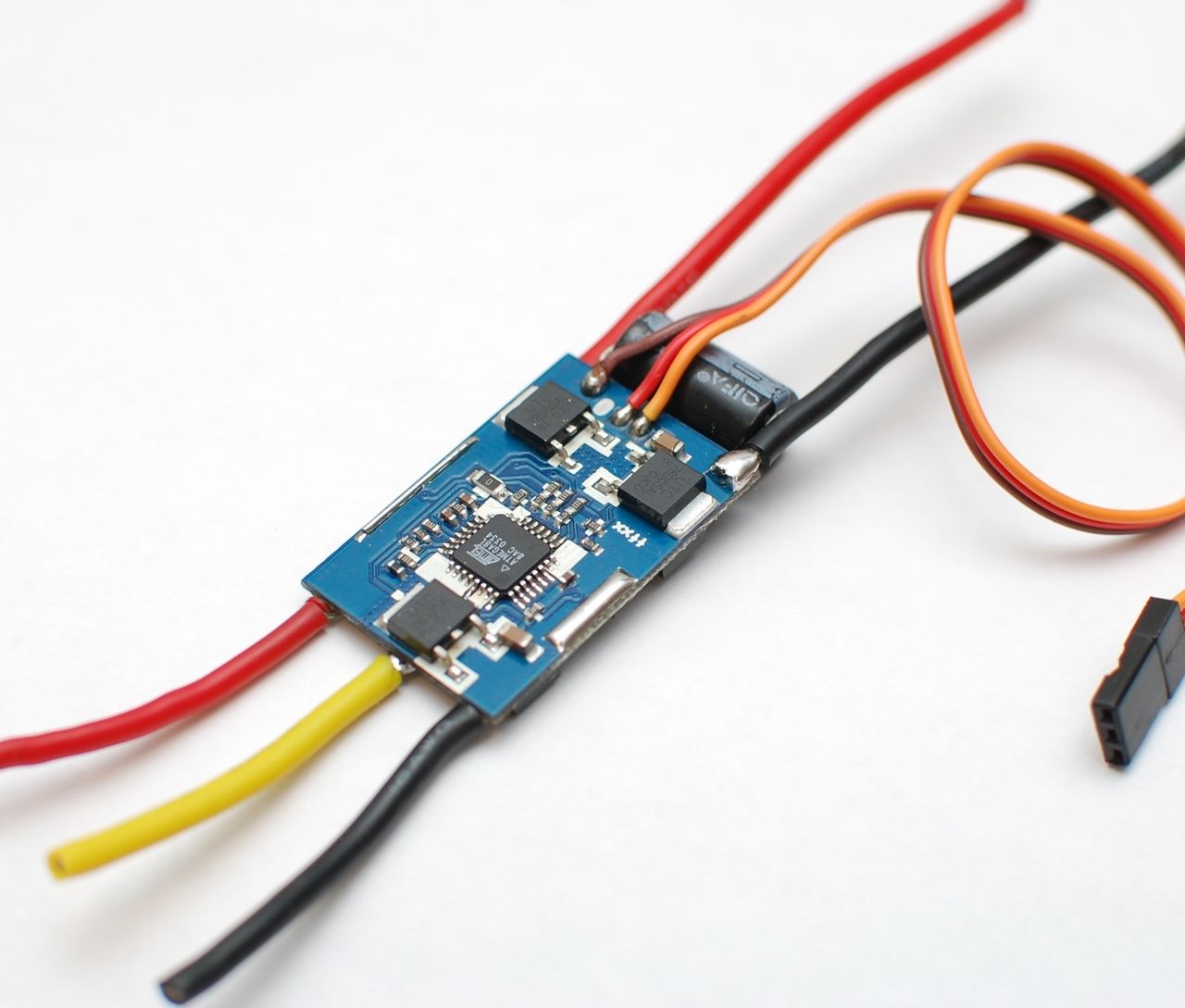
3. **Electronic Stability Control (ESC)**Electronic Stability Control, or ESC, represents a sophisticated leap in active safety technology, helping drivers maintain control of their vehicle. This system continuously monitors steering angle, wheel speed, and vehicle yaw to detect when a car is veering off its intended path, perhaps due to oversteering or understeering. When a loss of control is imminent, ESC intelligently applies individual brakes to specific wheels and/or reduces engine power to help guide the vehicle back on track, often before the driver even realizes a problem is developing. It actively works to reduce the chance of rollovers and improves handling in adverse conditions.
The efficacy of ESC in preventing severe accidents, particularly those involving rollovers or skidding, is exceptionally high. By actively intervening to stabilize the vehicle, ESC significantly reduces the likelihood of single-vehicle crashes and multi-vehicle pile-ups that often result from loss of control. This proactive accident prevention is a huge advantage for insurers, as it directly translates to fewer claims for property damage and personal injury. ESC-equipped vehicles are involved in fewer severe incidents, making them a much lower risk.
Because ESC dramatically reduces the chance of accidents and improves handling, insurance companies view it as a prime indicator of a safer vehicle. Policyholders whose cars are equipped with this advanced system may qualify for substantial “safety-feature discounts.” These discounts acknowledge the reduced risk that ESC presents, reflecting the system’s proven ability to mitigate accident frequency and severity. Always ensure your insurer has an up-to-date record of your vehicle’s safety features to capitalize on these potential savings.
Read more about: Unlocking Your Vehicle’s Secrets: A Consumer’s Guide to VINs in the Age of Car Crime
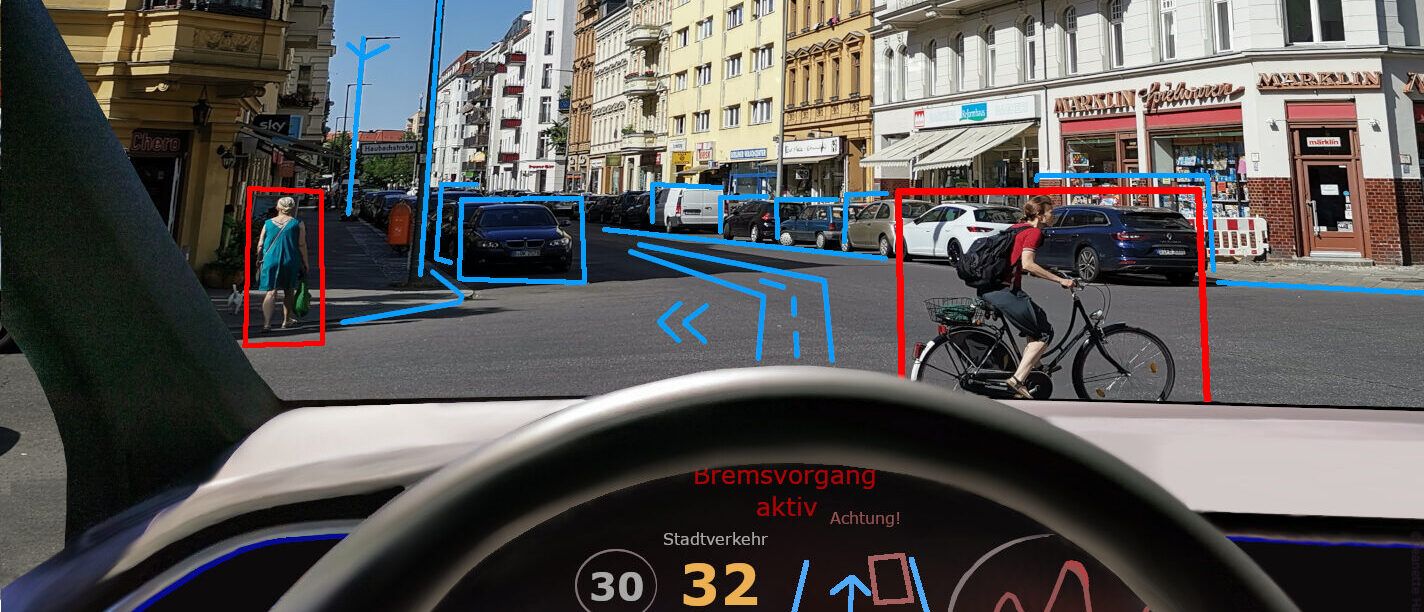
4. **Advanced Driver Assistance Systems (ADAS)**Stepping into the forefront of automotive innovation, Advanced Driver Assistance Systems, or ADAS, encompass a suite of technologies designed to enhance overall road safety by assisting the driver in various situations. These systems utilize an array of sensors, cameras, and radar to perceive the vehicle’s surroundings and provide alerts or even intervene autonomously when potential hazards are detected. These advanced features enhance overall road safety by providing timely warnings and assistance, thereby reducing human error, a leading cause of accidents.
Common ADAS features include blind-spot monitors, which warn you of vehicles lurking unseen; lane departure warnings, which gently alert you if you begin to drift from your lane without signaling; and collision avoidance systems, which can automatically brake or even steer to prevent or mitigate a crash. These technologies work synergistically to create a more informed and reactive driving experience, significantly lowering the chance of human error leading to an accident. They are constantly monitoring the environment to keep you safe.
The collective goal of ADAS is to reduce human error. By offering an extra layer of awareness and intervention, these systems empower drivers to respond more effectively to dangerous scenarios or, in some cases, act independently to avert disaster. For example, a collision avoidance system that reduces impact speed can dramatically lower the extent of vehicle damage and the severity of injuries, thus reducing the costs associated with an insurance claim. Insurers recognize these systems as powerful tools for accident prevention, mitigating risk before it escalates.
Given their proven capability to prevent accidents and reduce the severity of impacts, ADAS features are highly valued by car insurance companies. Vehicles equipped with these advanced technologies are often eligible for significant “safety-feature discounts.” Some companies offer discounts if your vehicle has collision avoidance technology, potentially saving you up to 30% on premiums. Be diligent in informing your insurer about any ADAS features your vehicle possesses, as these upgrades can translate into substantial savings on your policy.
Navigating the complexities of car insurance doesn’t have to be a bewildering experience, especially when you understand the tangible steps you can take to make your vehicle a less risky proposition for insurers. While the first part of our guide focused on crucial safety features that protect you and your passengers in a crash or help prevent one, this next section dives into enhancements that bolster your vehicle’s security, improve its general integrity, and even provide undeniable evidence in the aftermath of an incident. These proactive measures are all about safeguarding your investment and your wallet.
We’re continuing our exploration of smart vehicle upgrades that don’t just add value to your car but actively work to lower your insurance premiums. By understanding how these additions influence an insurer’s risk assessment, you can make informed decisions that translate into real, measurable savings. Think of these as strategic investments that pay dividends in peace of mind and reduced annual costs.
Read more about: The Future is Now: 12 Groundbreaking Car Models Set to Redefine Driving in the Coming Years
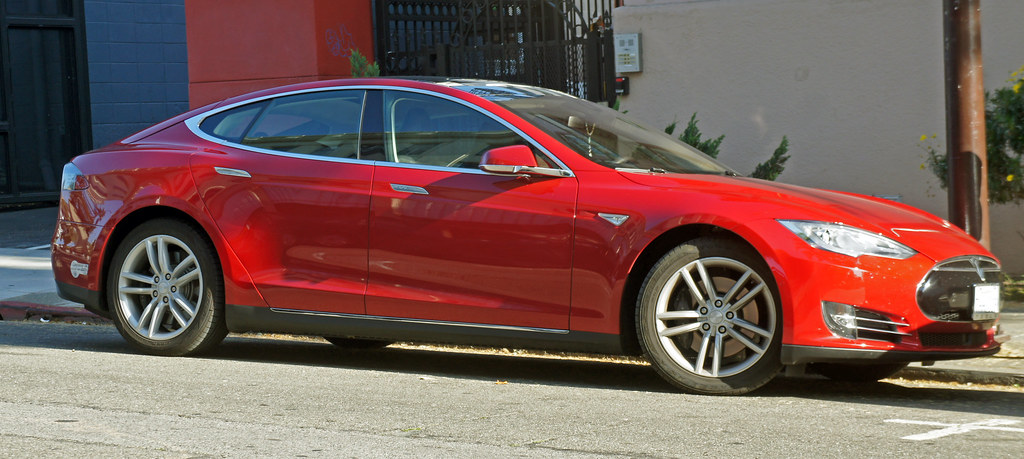
5. **Car Alarms**A car alarm is one of the most recognized and foundational security devices for any vehicle. Its primary function is to deter unauthorized access or theft by emitting a loud, attention-grabbing sound and, often, flashing the vehicle’s lights when tampering is detected. This immediate and overt response serves as a significant deterrent, making a potential thief think twice before attempting to break into or steal your car.
Beyond simply making noise, modern car alarms can often integrate with other security features, such as remote locking and unlocking, or even connect to telematics systems. By creating an undeniable disturbance, these systems drastically increase the risk of apprehension for criminals, thereby reducing the likelihood of a successful theft attempt. They act as a crucial first line of defense, signaling to anyone nearby that something is amiss.
For insurance companies, the presence of a robust car alarm system directly correlates with a reduced risk of vehicle theft. Less theft means fewer costly comprehensive claims for insurers, which they are eager to reward. Many providers offer specific “anti-theft discounts” on the comprehensive portion of your premium, which covers damages not caused by a collision, including theft or vandalism. GEICO, for example, explicitly offers a discount on comprehensive premiums to customers who install anti-theft alarm systems.
It’s crucial to inform your insurance provider if your vehicle is equipped with a factory-installed or aftermarket car alarm. Don’t assume they already know. Proactively communicating these security enhancements ensures you receive any applicable discounts, directly translating into tangible savings on your annual premium. Always check with your insurer about their specific discount programs for security devices.
Read more about: Steer Clear: 9 Hybrid Models That Leave Owners Drowning in Regret

6. **Immobilizers**An immobilizer is a sophisticated electronic security device designed to prevent your engine from starting without the correct key or transponder. Unlike an alarm that simply alerts you to a potential theft, an immobilizer physically prevents the vehicle from being driven away by interrupting essential circuits, such as the fuel supply or ignition system. This makes it incredibly difficult, if not impossible, for a thief to hotwire the car.
This technology represents a significant leap in anti-theft measures because it targets the very core of a vehicle’s operation. Without the specific coded signal from the key, the engine simply won’t engage, rendering the car immobile. This dramatically reduces the chances of a vehicle being stolen, as common theft methods that rely on bypassing ignition systems are rendered ineffective.
From an insurance perspective, vehicles fitted with immobilizers are seen as substantially lower risk for theft. The added layer of protection means fewer total loss claims due to theft, which directly benefits the insurer’s bottom line. Many insurance companies recognize the effectiveness of immobilizers and factor their presence into lower comprehensive premium calculations. They understand that a vehicle that can’t be easily driven away is less likely to be stolen.
Just like with car alarms, it’s vital to ensure your insurance provider is aware of your vehicle’s immobilizer system. While many modern cars come with these systems as standard, if you’ve added one to an older vehicle, or if your insurer’s records are not updated, you could be missing out on valuable “safety-feature discounts.” A quick call or update to your policy can often unlock these savings.
Read more about: Unlock Up To 25% Off Your Car Insurance: The Essential Guide to Anti-Theft Devices That Slash Your Premiums

7. **GPS Tracking Systems**GPS tracking systems offer an advanced layer of security by enabling the precise location of your vehicle to be determined at any time. In the unfortunate event of a theft, these systems transmit your car’s coordinates, allowing law enforcement to track and recover it quickly. This technology shifts the advantage back to the owner and authorities, significantly improving the chances of retrieval.
The ability to rapidly locate a stolen vehicle is a game-changer. Instead of a potential total loss, which involves a significant payout from the insurance company, a GPS tracker often leads to the prompt recovery of the vehicle. This not only saves the insurer from a large claim payout but also minimizes the inconvenience and financial burden on the policyholder, potentially reducing the overall damage or loss.
For insurance providers, the benefit is clear: GPS tracking systems drastically reduce the financial impact of vehicle theft. By increasing the likelihood of recovery, they mitigate the costs associated with replacing a stolen car. This reduction in risk makes vehicles equipped with tracking systems more attractive to insurers, often leading to lower comprehensive insurance premiums. Some companies may offer specific discounts or better rates for vehicles with these recovery capabilities.
Before investing in a GPS tracking system, it’s wise to discuss it with your insurance agent. Inquire about any specific discounts or programs they offer for vehicles equipped with such devices. Different insurers may have varying policies, so understanding these can help you maximize your savings and justify the initial cost of the tracking system through reduced long-term premiums.
Read more about: You Won’t Believe What’s Inside: 13 Wildly Unique Custom Features Making Touring Musicians’ Luxury Vans Insane!
8. **High-Quality Tires**While not an anti-theft device, high-quality tires are a foundational element of vehicle safety and integrity that can indirectly influence your insurance premiums. The right tires significantly improve your vehicle’s traction, handling, and braking performance, which are critical factors in preventing accidents. They provide better grip on the road, especially in adverse weather conditions like rain, snow, or ice, enhancing your ability to maintain control.
Superior tire performance translates directly into a reduced likelihood of skidding, hydroplaning, or losing control of your vehicle. This is particularly important for avoiding single-vehicle accidents or reducing the severity of multi-vehicle collisions. By enabling more responsive steering and shorter stopping distances, high-quality tires empower you to react more effectively to unexpected road hazards, keeping you safer.
Insurance companies, recognizing the strong link between vehicle control and accident prevention, implicitly value well-maintained vehicles with high-performance tires. While there might not be a direct “tire discount,” the overall reduction in accident risk contributes to your profile as a safer driver and vehicle owner. Fewer accidents mean fewer claims, which ultimately helps maintain or lower your premium over time. It signals a commitment to responsible vehicle maintenance.
Beyond initial purchase, regular maintenance of your tires, including proper inflation, rotation, and timely replacement when tread wears down, is equally vital. Ensuring your vehicle passes safety inspections, which often check tire condition, further reinforces its reliability to insurers. This holistic approach to vehicle care helps present a lower-risk profile, contributing to better insurance rates in the long run.
Read more about: Investing in Excellence: A Wirecutter Guide to the 7 Best High-End Grills for Unparalleled Outdoor Cooking

9. **Dash Cameras**A dash camera, or dash cam, is a forward-facing (and sometimes rear-facing) camera that continuously records your journey. While it doesn’t prevent accidents or theft directly, it serves as an invaluable, unbiased witness in the event of an incident. By capturing video footage of the road ahead, a dash cam provides indisputable evidence of what transpired during a crash, often proving fault or innocence.
The primary benefit of a dash cam, in terms of insurance, lies in its ability to resolve disputed claims quickly and accurately. In scenarios where fault is unclear or contested, the video footage can provide crucial evidence that prevents drawn-out investigations or unfair blame. This clarity can save you significant headaches and, more importantly, protect you from rate increases that might arise from being wrongly assigned fault in an accident.
For example, if you’re involved in a hit-and-run, a dash cam could capture the perpetrator’s license plate or vehicle description, aiding authorities and your insurer in identifying the responsible party. This can transform a potentially complex claim where you’re left responsible into a straightforward one with a clear liable party. This protection against unjust claims directly shields your premium from unnecessary hikes.
Although insurers generally don’t offer a direct “dash cam discount” like they do for anti-theft systems, the indirect savings can be substantial. By helping you avoid premium increases due to disputed or wrongly attributed claims, a dash cam acts as a powerful financial protector. It offers peace of mind, knowing that you have an objective record of events, potentially streamlining the claims process and safeguarding your good driving record.
Read more about: You Won’t Believe These 15 Wild Behind-the-Scenes Secrets From ‘The Office’ That Even Superfans Missed
The journey to lower car insurance premiums is a proactive one, deeply rooted in the decisions you make about your vehicle. From foundational safety systems to advanced driver assistance technologies, and now to essential security measures and undeniable proof mechanisms like dash cameras, each enhancement adds a layer of protection that insurers recognize and often reward. You’re not just accessorizing your car; you’re actively reducing risk, proving your commitment to safety and security, and demonstrating responsible ownership. By taking these actionable steps and consistently communicating your vehicle’s features to your insurer, you empower yourself to unlock significant savings, transforming your car into a premium-saving machine and securing greater peace of mind on every drive.



